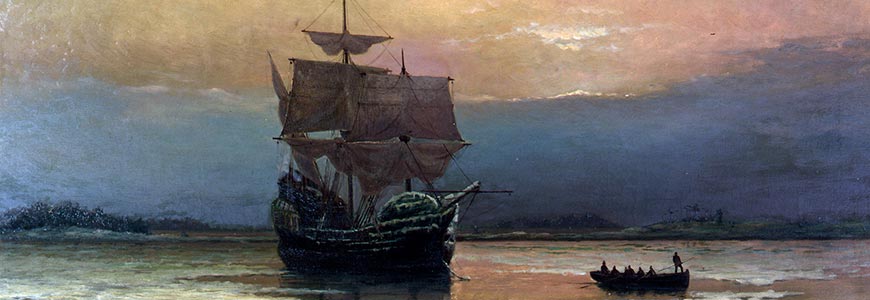
A story of adventure and discovery… As the world commemorates Mayflower 400, we share the role played by Montagu family ancestor the 3rd Earl of Southampton in the Mayflower’s pioneering voyage.
On 16th September 1620 a solitary ship set sail from Plymouth to the New World. Battling through storms and sickness, those aboard the Mayflower would go on to shape the future of the United States of America. But it’s not just the passengers and crew who have interesting tales to tell – working behind the scenes was a man whose adventurous spirit and financial contribution helped make journeys like the Mayflower’s possible.
The 3rd Earl of Southampton: Patron
Henry Wriothesley, 3rd Earl of Southampton, is probably best known as Shakespeare’s only acknowledged patron; he was a close friend of the playwright and two of the bard’s poems were dedicated to him. But Wriothesley also took a great interest in exploration and he was an enthusiastic patron of colonial enterprises.
By the time the Virginia Company was formed in 1606 the 3rd Earl had already contributed to two expeditions to settle in Virginia. Both of the expeditions ultimately failed but the first of them, led by Batholomew Gosnold and Bartholomew Gilbert, resulted in the naming of Cape Cod – which is where the Mayflower would eventually land 18 years later.
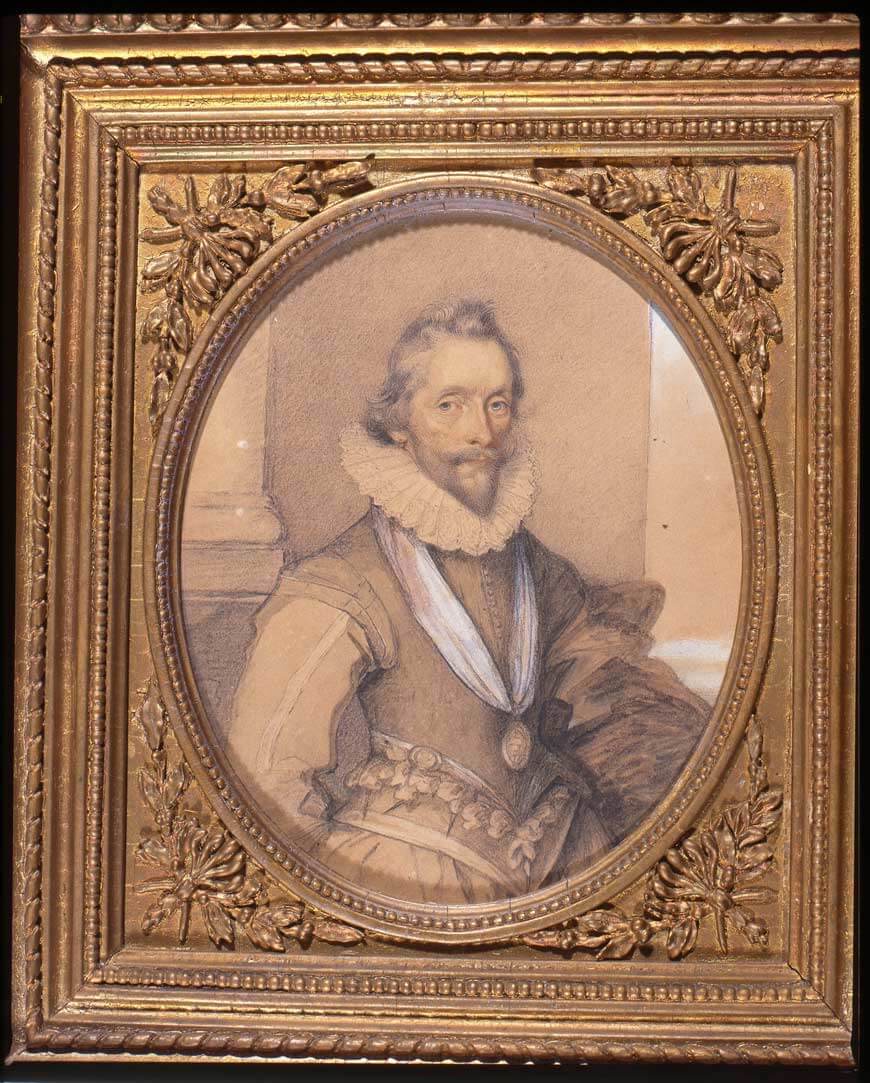
The 3rd Earl of Southampton & The Virginia Company
The Virginia Company was set up in 1606 (snappily titled The Treasurer and Company of Adventurers and Planters of the City of London for the First Colony of Virginia) and was tasked with establishing a settlement in Virginia. This was achieved in 1607 when Jamestown was founded, becoming America’s first permanent English settlement.
The 3rd Earl became a member of the Company in 1609 and was active in seeking and obtaining investors and support for pioneering settlers, including those who sailed on the Mayflower. In 1620 he was elected as the Company’s Treasurer or chief officer.
His work was not always plain sailing and there was a certain amount of conflict within the Company over investment and profit. On one side were wealthy merchants who saw Virginia in terms of expanding trade and the market for English goods, on the other were smaller investors who saw the objective as settlement and the growth of a viable community. The 3rd Earl was part of this second group and was keen to encourage settlers to become less reliant on their staple crop of tobacco, instead trying to establish silk, wine, glass and potash industries.
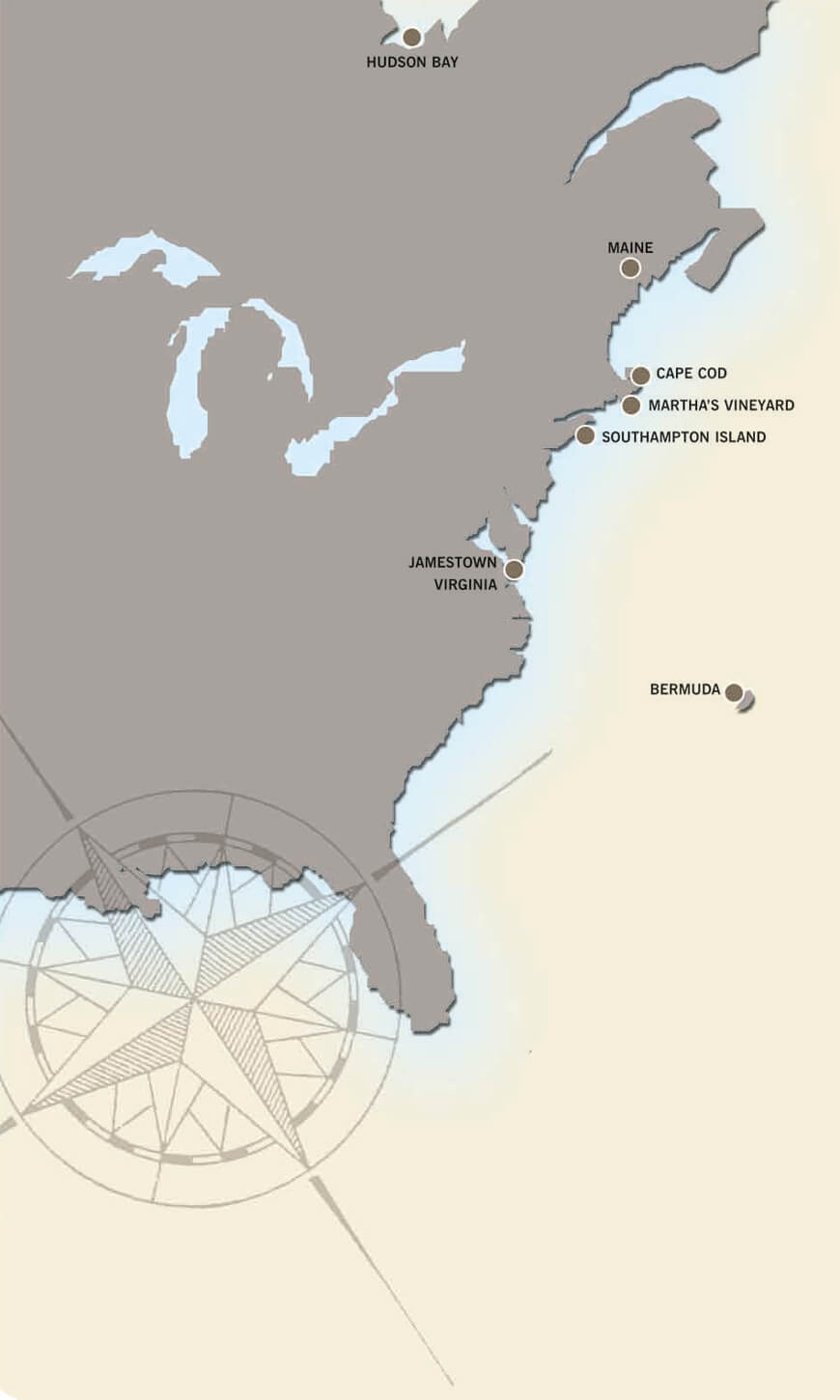
The Virginia Company & The Mayflower
In 1619 a group of would-be settlers, driven by religious persecution, approached The Virginia Company to ask for permission to settle in their colony in America. After lengthy negotiations, permission was granted and the group, who would eventually become known as the Pilgrims, began their preparations to depart for the New World.
Sixty five of the Pilgrims boarded the Mayflower at the ship’s home port in London and sailed to Southampton to await her sister ship, the Speedwell, which was bringing further passengers from Holland. Both ships remained in Southampton while a leak on the Speedwell was repaired, but sadly the leaks eventually proved too much and the Speedwell was ultimately unable to make the journey across the Atlantic. After a couple of false starts, the Pilgrims squeezed themselves onto the Mayflower and finally departed from Plymouth on 16th September 1620. Their gruelling 66-day journey would see them land in Cape Cod on 9th November 1620.
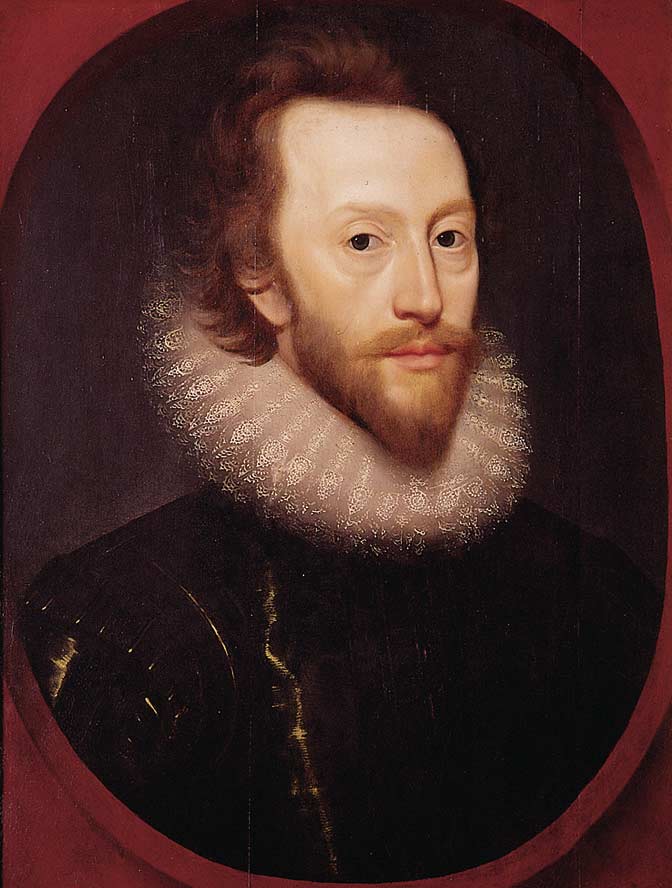
While the Pilgrims were on their historic journey, the 3rd Earl continued his work for The Virginia Company and on 3rd November 1620 he was part of a group that was granted a patent for the Incorporation of a Council for managing the affairs of the Plantation of the Second Colony of New England. This patent covered the area where the Mayflower eventually landed.
The Virginia Company continued to support the efforts of initial voyages and establishment of colonies until its charter was cancelled in 1624. The 3rd Earl spent many of those years on Company business and his service was recognised when the Company renamed one of the Colony’s districts ‘Southampton Hundred’.
Discover more
Chat to the costumed staff in Palace House to discover more about the 3rd Earl of Southampton and the history of the Montagu family. Take the time to look for the image of the 3rd Earl which is on display.
For the ultimate guide to Beaulieu, its owners and their history, pick up our souvenir guidebook – available online when you buy your attraction tickets or at one of our two gift shops.
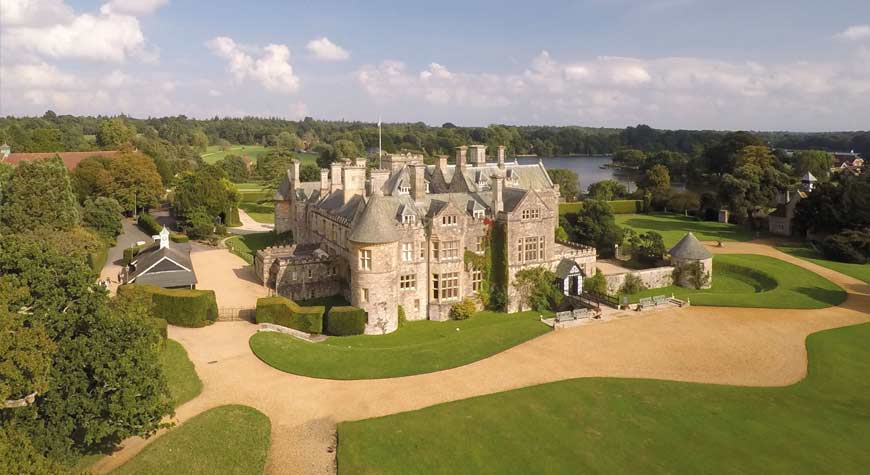
Starting in November 2019 a year-long commemoration is marking the 400th anniversary of the Mayflower’s voyage. With exciting events planned across the UK, visit mayflower400uk.org to learn more about the Mayflower’s history and to find an event near you.
